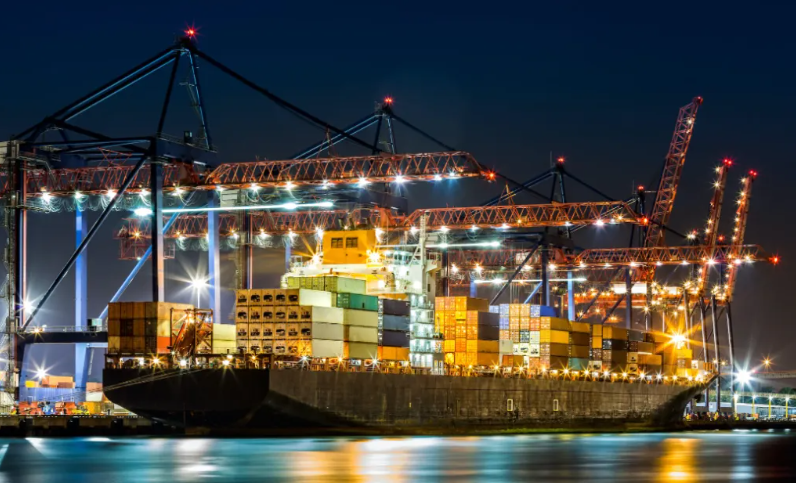On September 22nd, the "Istanbul Bridge" vessel completed its container loading operations at the Ningbo-Zoushan Port, and at 23:00 on the 23rd, the "Istanbul Bridge" set sail from the Ningbo-Zhoushan.
According to Polar Star's PurpleTrac, the Istanbul Bridge arrived at Felixstowe Port on the evening of October 13th, completing the voyage Ningbo-Zhoushan Port to Felixstowe via the Arctic in 21 days, officially launching the world's first China-Europe Arctic Container route ("China-Europe Arctic Express"). The same voyage through the Suez Canal usually takes 40-50 days.
When the container ships at European terminals, they bring with them Asian goods for use during the holiday season.
Despite taking slightly longer than the initially expected 18 days, this voyage stillaved 5 days off the previous record of 26 days from the Ningbo-Zhoushan Port to the German port of Wilhelmshaven at the end 2024.
It is reported that the vessel made the journey without the escort of an icebreaker and sailed independently throughout the route.
After its at Felixstowe Port, the Istanbul Bridge will continue to Rotterdam, Hamburg, and Gdansk.
Compared to traditional routes, this express line shorten the journey by 22 days and reduce the one-way carbon emissions by about 50%. However, the use of the NSR continues to be controversial due the impact on the fragile Arctic ecosystem and the lack of support in highly isolated areas in the event of trouble or accidents.
According to the Center for Arctic Logistics (CH), a total of 52 vessels had passed through the Arctic shipping route during the first half of the summer and autumn shipping season (as of the end of August)

Last
The largest monthly drop in U.S. imports! Container volume plunged in September, and importers are mired in a "quagmire" tariffs.
According to the "Global Shipping Report" released by Descartes Systems Group in October, container imports into the States in Sep

Next
Philippine customs auction a large number of seized goods, the amount exceeds 100 million pesos!
From July to September 2025, the Philippine Bureau of Customs (BOC) generated P1.069 in revenue through public auctions of seized
